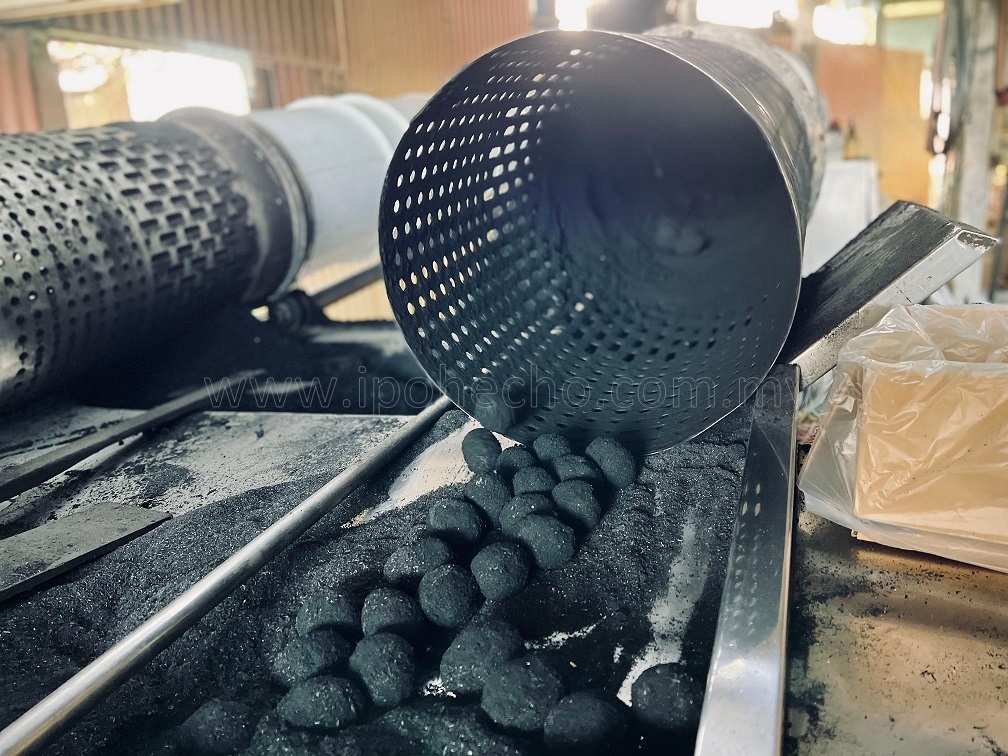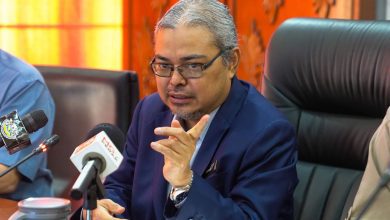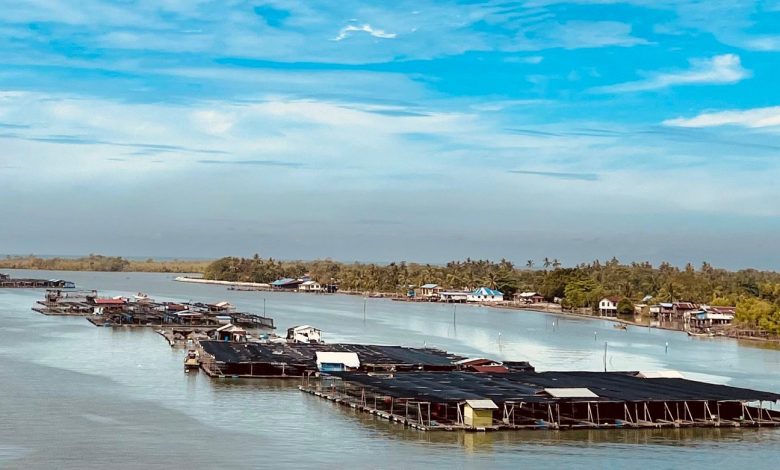

Kuala Kurau is a fishing village tucked away in the north of Perak that has long stayed under the radar.
My recent visit to the small buzzing village with Marie Lai made me realise that this seafood haven that thrives on ‘salting’ activities is also a land of the cats!
They are either quietly sitting in a corner silently observing passersby or taking a sweet nap because it is always a purrfect time for a slumber.
On the way to the seaside town, the drive will take you through a few other kampungs, Kuala Gula and Bagan Seberang, before crossing the bridge to the fisherman’s village.
It is midway between Penang Island and Taiping where coming from either side will take about an hour.
After checking out from the Taiping toll (Exit 148, if you are coming from Ipoh/KL), drive along the path until you reach Semanggol police station, then it’s time to take a left turn.
There is still a brief half an hour drive to the 90-minute journey. However, the 30-minute ride won’t be dull because if you are lucky, you might get to witness birds in action; Egrets hunting for fish by the river or flocks of sparrows in flight and eagles standing still on an electricity pole!
You can drop by Kuala Gula, a neighbouring coastal village (less than 15 minutes away) for some birding experience in their natural habitat at the Bird Sanctuary.
On the other hand, Bagan Seberang allows you to see fishing cottages lined in a row on the water up close across the river. We had an Oyen (a cat with orange fur) who kept us company on our stroll at the fishing village.
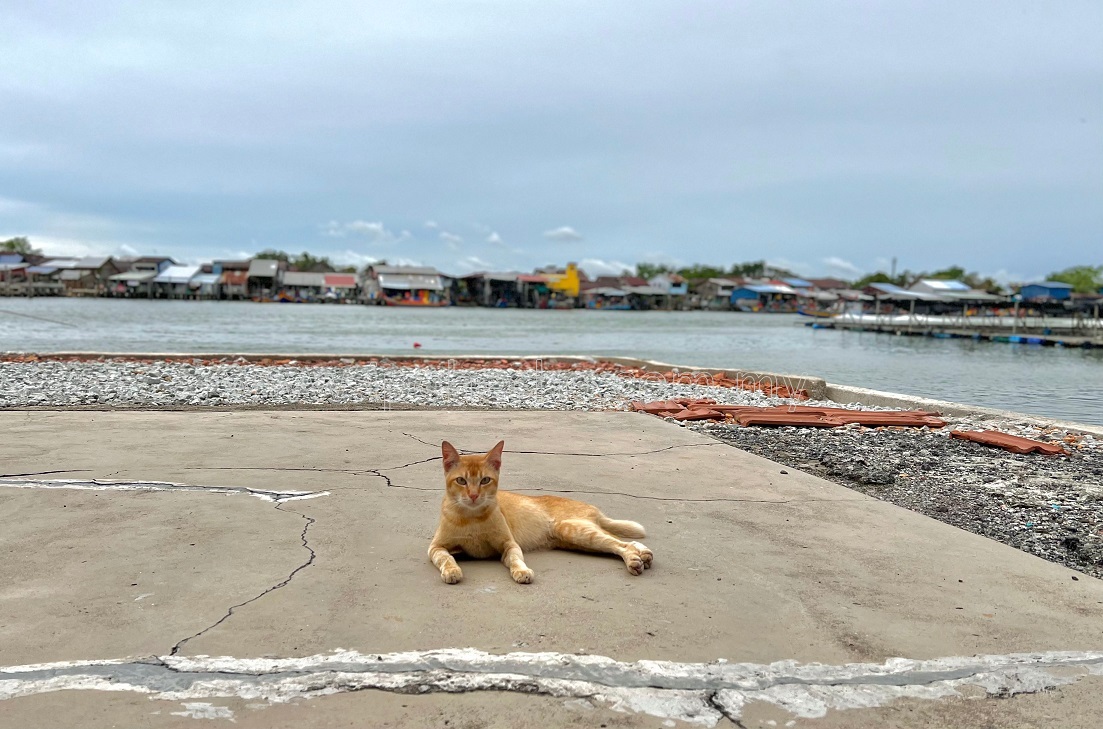

As I observed the faces of the locals that were etched with lines of happiness and eagerness, I wondered how it would feel to be living in a tight-knit community where everyone will greet each other across the street or offer a hand when needed. The carefree days many of us have long coveted can definitely be fulfilled here.
An interesting aspect that is worth a drop-by to experience is when in Kuala Kurau, you will need to cross the bridge to reload your mobile at certain parts of the town. Even more interesting is the name of the local petrol station.
No need to go looking for Shell, BHP or Petron—pump your gas at Five Petroleum, a new brand that joined the petroleum market in Malaysia last year.
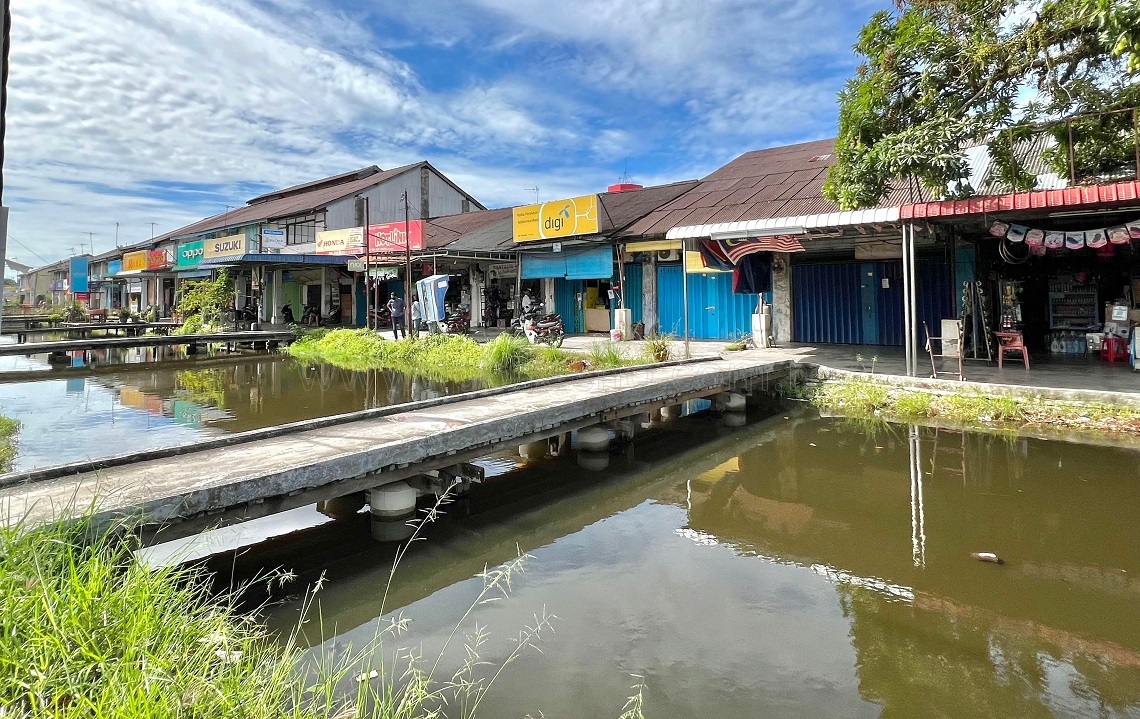

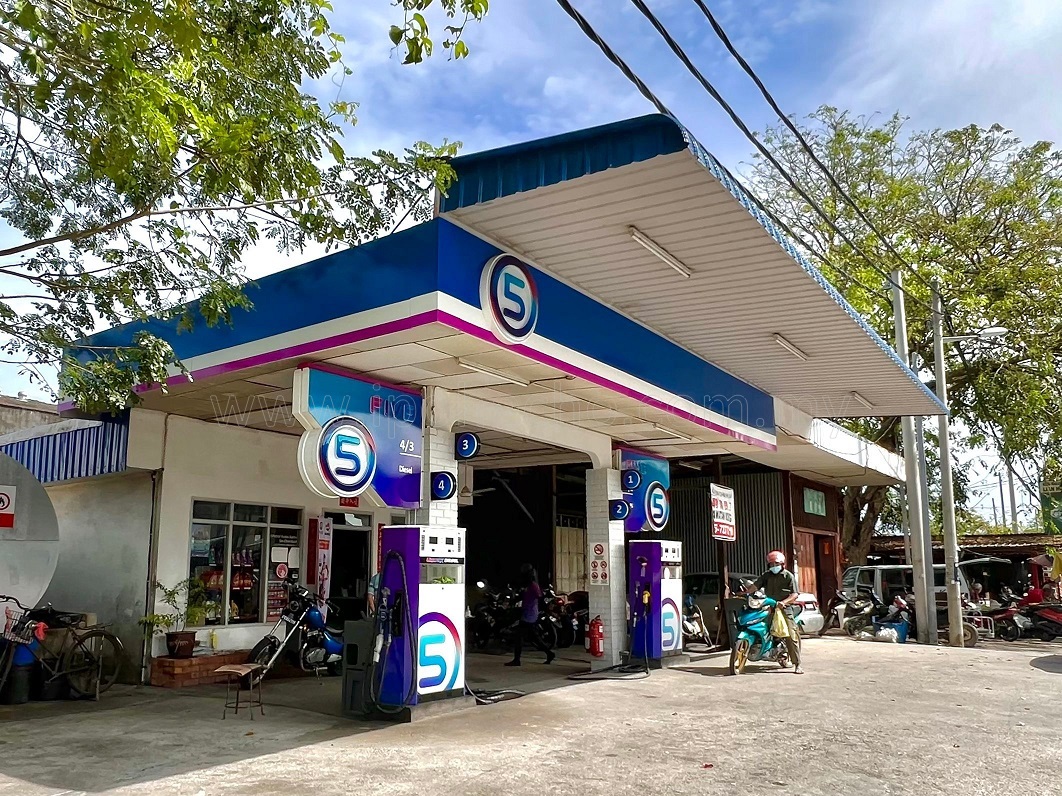

The following are some highlights of my short day trip with Marie.
- A spontaneous visit to an unnamed salted fish factory
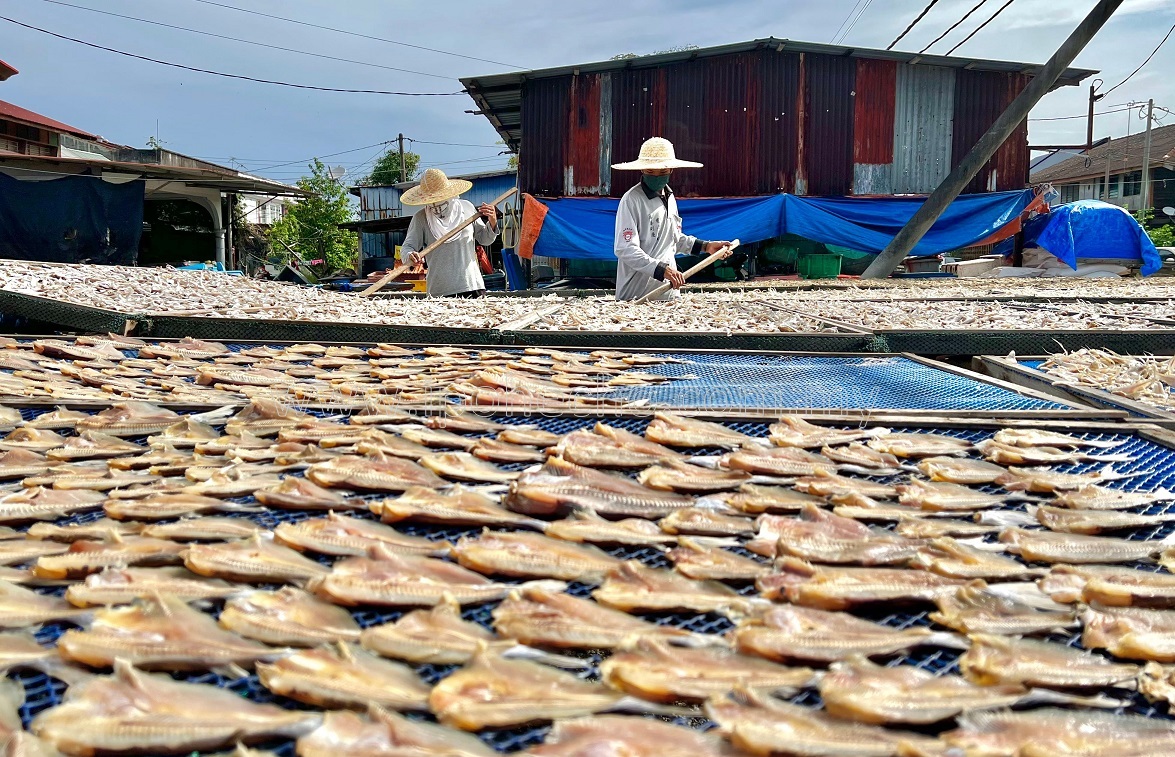

Housed in a two-storey home, tons of salted fish were laid on the wooden mesh racks to dry under the sun.
At the roofed area, you may see workers fervently gutting and filleting the fish before sending them into the bucket of brine to soak.
The vinegary smell emanating from the fish blended with the air and produced a pungent smell. Some may find it aromatic, but some might feel nauseated and overwhelmed.
- Kilang Beras Hai Hin (Hai Hin Rice Mill)
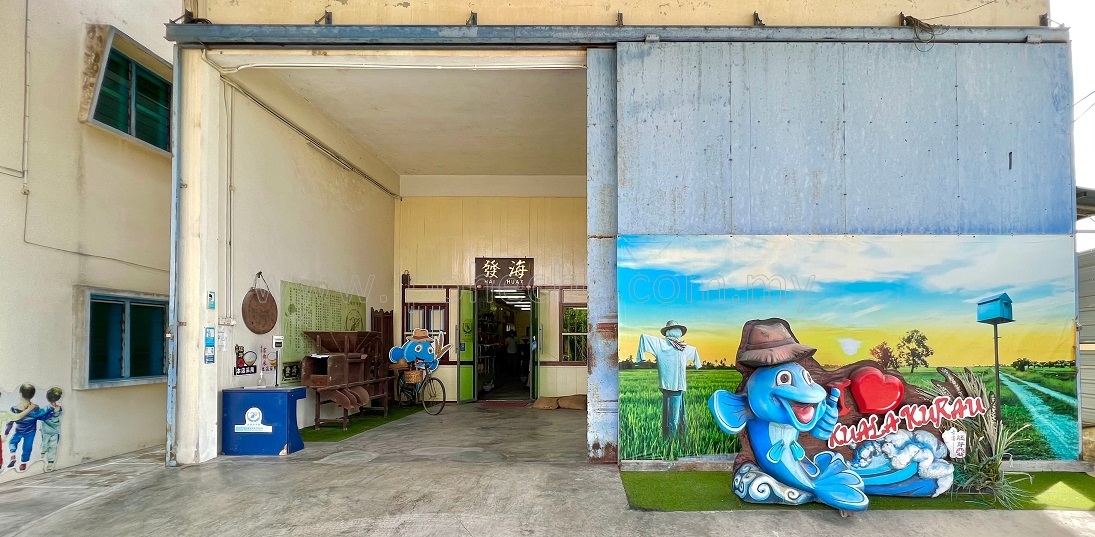

Currently run by the fourth generation, Kilang Beras Hai Hin has been in business since 1943. The factory is situated right next to the shop where agricultural tools from the olden days are on display including vintage grain (gunny) sacks and metal stamps on the wall of the storefront.
The metal stamps with Hai Hin logos carved on them were used to transfer print onto the rice sacks.
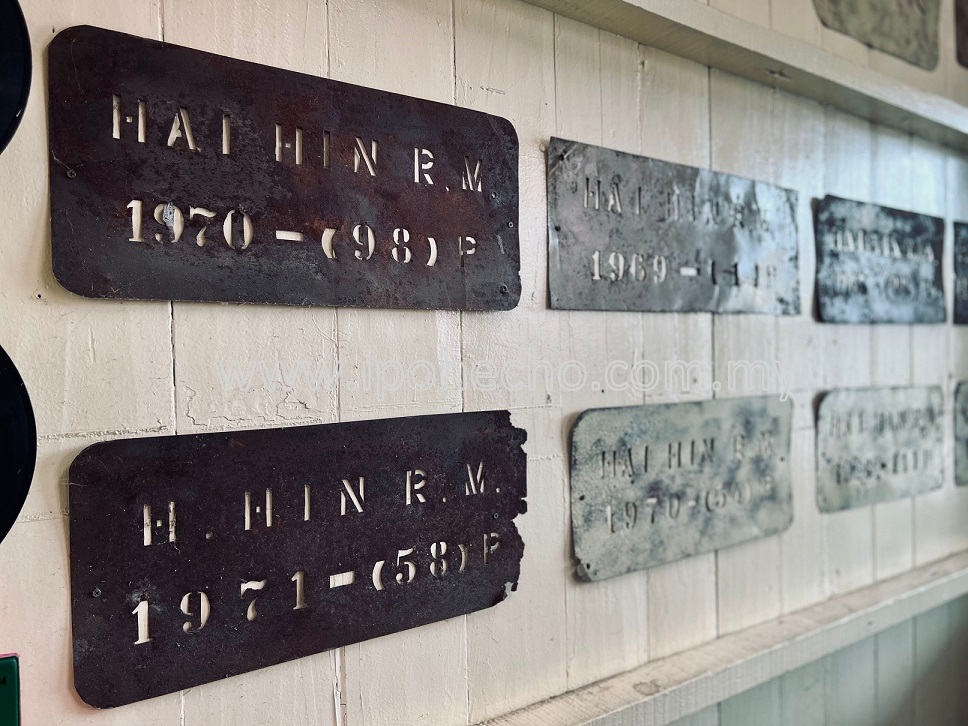

Besides that, a shoulder pole with gunny sacks on both ends provide visitors a photo opportunity.
The rice mill offers several types of rice: brown rice, embryo rice (their trademark) and white rice. Supervisor of the factory, Lam Wai Teng briefly shared with us the stages of rice processing.
Paddy will first be harvested and collected. Then, the rice will go through a drying process which is done via machinery. Once the raw rice is dehydrated, it will be roasted and left to sit for two months.
The polishing process starts after that. The husk (outer layer of the rice) will be blown off. When the husk is removed, this type of rice is called brown rice, which is harder to digest and cook.
In order to give the rice a softer texture, a small percentage of its fibre (rice bran) has to be extracted through a hulling process. In this stage, the rice is known as ‘embryo’ rice.
Lam told us that embryo rice is more digestible and has a lower GI (glycaemic index), hence when consumed, it will keep you feeling full for longer.
Meanwhile, the rice bran is divided into a few sizes. They are also good for farm animal husbandry to feed chicken, pigs and dogs.
In addition to farm food, the fourth polishing turns the bran into white rice.
Visiting certain places such as a rice mill can really be a knowledgeable trip even for adults, and it lets you treasure the experience of watching the process of producing rice.
Don’t waste rice, every grain is worth money.
- Joo Hong Chan Salted Egg Factory
Duck eggs are one of the best eggs to make into salted eggs.
According to the fourth generation operating the Joo Hong Chan Salted Egg Factory, Tan Swee Lee, unlike chicken eggshells that have a more fragile structure, duck eggs allow for longer storage as they have a thicker shell.
Perhaps you may want to know how to preserve them since you will probably buy them in bulk?
Peel off the black crust covering the egg after two days if you are ready to consume, but leave the rest to sit for another two weeks before removing the burned husk. Then, keep them in the fridge. Doing so will keep them fresh for about three months.
Across the road (watch out for cars coming from different directions as it looked like it’s still under construction) is the Hai Hin rice mill that provides the burned husk used to cover the salted eggs.
Outside the shop, there is an aesthetic corner for visitors to take some Insta-worthy shots.
Other than salted and century eggs, they offer a variety of local snacks and chilled drinks to quench your thirst since most of us will be on our feet a lot when exploring the quaint little town.
Next to the shop is the factory where they get all the work done, from sorting out the eggs to salting them for sale.
The eggs will first be weighed and sorted out with a machine. Then, a specific torch to shine on the eggs is employed for two things: to check the eggs’ healthiness and to detect double-yolk eggs.
The yolk of duck eggs naturally appear to be more orange, but when rotten, the colour will turn slightly darker.
When the separation process is completed, they will then be sent for coating where fresh mud is made into clay with added salt and water.
Later, a dedicated machine will be used to cover the smeared eggs with burned husks. Lastly, workers will place them on the egg-trays or containers for soaking.
- Ban Pecah Beach
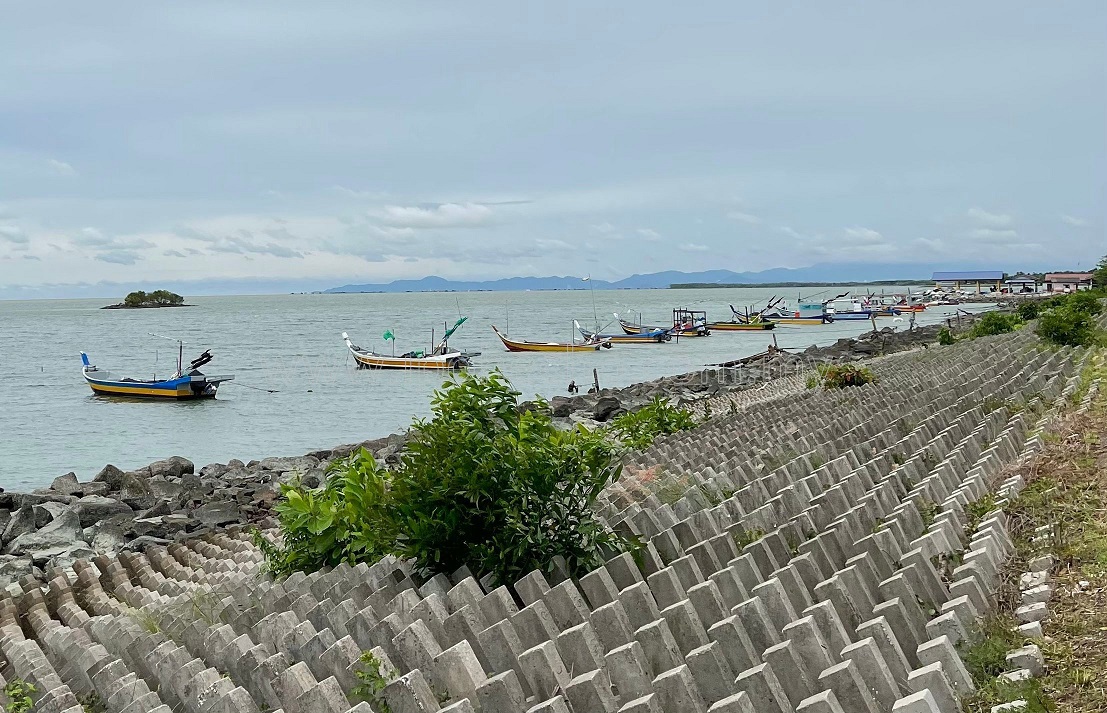

The word ‘Ban’ literally means a bund that has been built along the beach with cinder blocks to prevent erosion, while ‘Pecah’ (break) was named after a tsunami strike that wrecked parts of the beach years ago.
This area has a fair ratio of green and blue. Why? The paddy field is just opposite of the beach! You have blue on one side and green on the other, they say.
There is an observatory platform but there are no railings when crossing the bridge to the platform. It was also blocked off with a barricade tape. Visitors are advised to avoid going over to the viewing area.
Nevertheless, the beach still makes a nice spot for fishing and some chilling.
Besides that, we also visited the Datuk Kong Chinese Temple, a place of worship of the locals built by the fishermen.
Marie said that before heading out to the sea, the fishermen would pray at the temple.
Though the town has dozens of Chinese temples, all of them embody their own unique form of religious architecture.
The delicately crafted sculpture by the Chinese artisans, coupled with the elegant interior of this buddhist temple, will transport you back to the 1960s.
Thank you Marie Lai for giving us the opportunity to learn about Kuala Kurau!
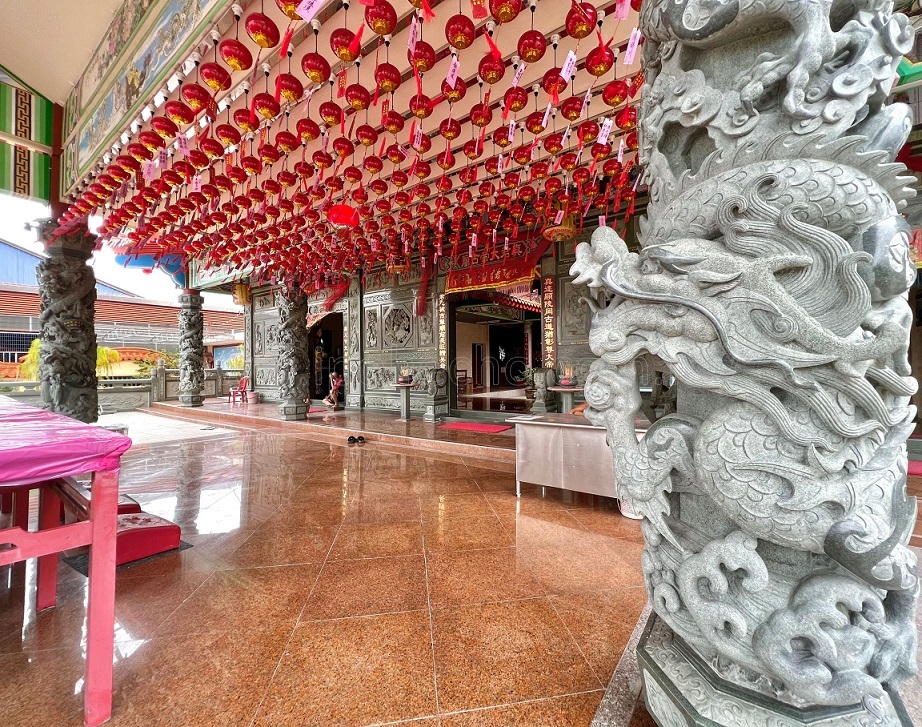



Addresses of the places mentioned:
- Kilang Beras Hai Hin – 84 & 85, Jalan Besar, 34350, Kuala Kurau, Perak
- Joo Hong Chan Salted Egg Factory – 25, A190, 34350, Kuala Kurau, Perak
- Ban Pecah beach – Just type in the beach name on Waze or Google Maps
- Datuk Kong Chinese Temple – 301b, Jalan Pantai, Tanjung Piandang, 34250 Tanjung Piandang, Perak
Gisele Soo
=============================
Get your local news fast. Download the Ipoh Echo App on your mobile. Available on both Google Playstore and Apple Appstore.


